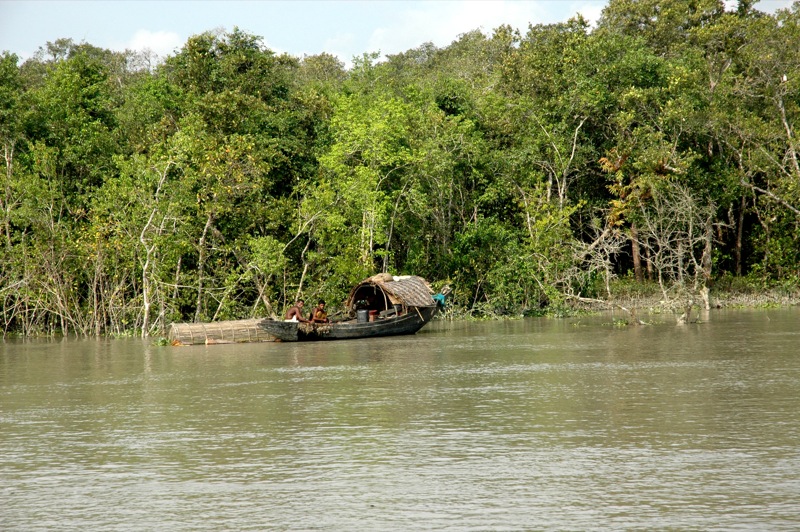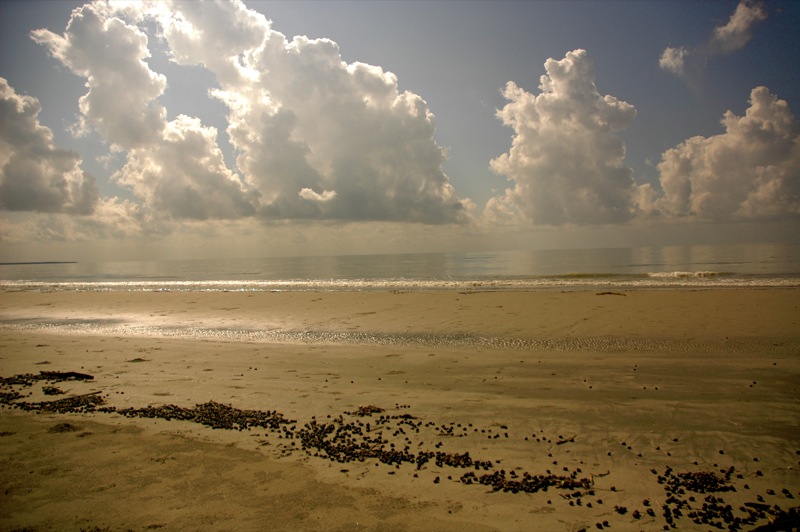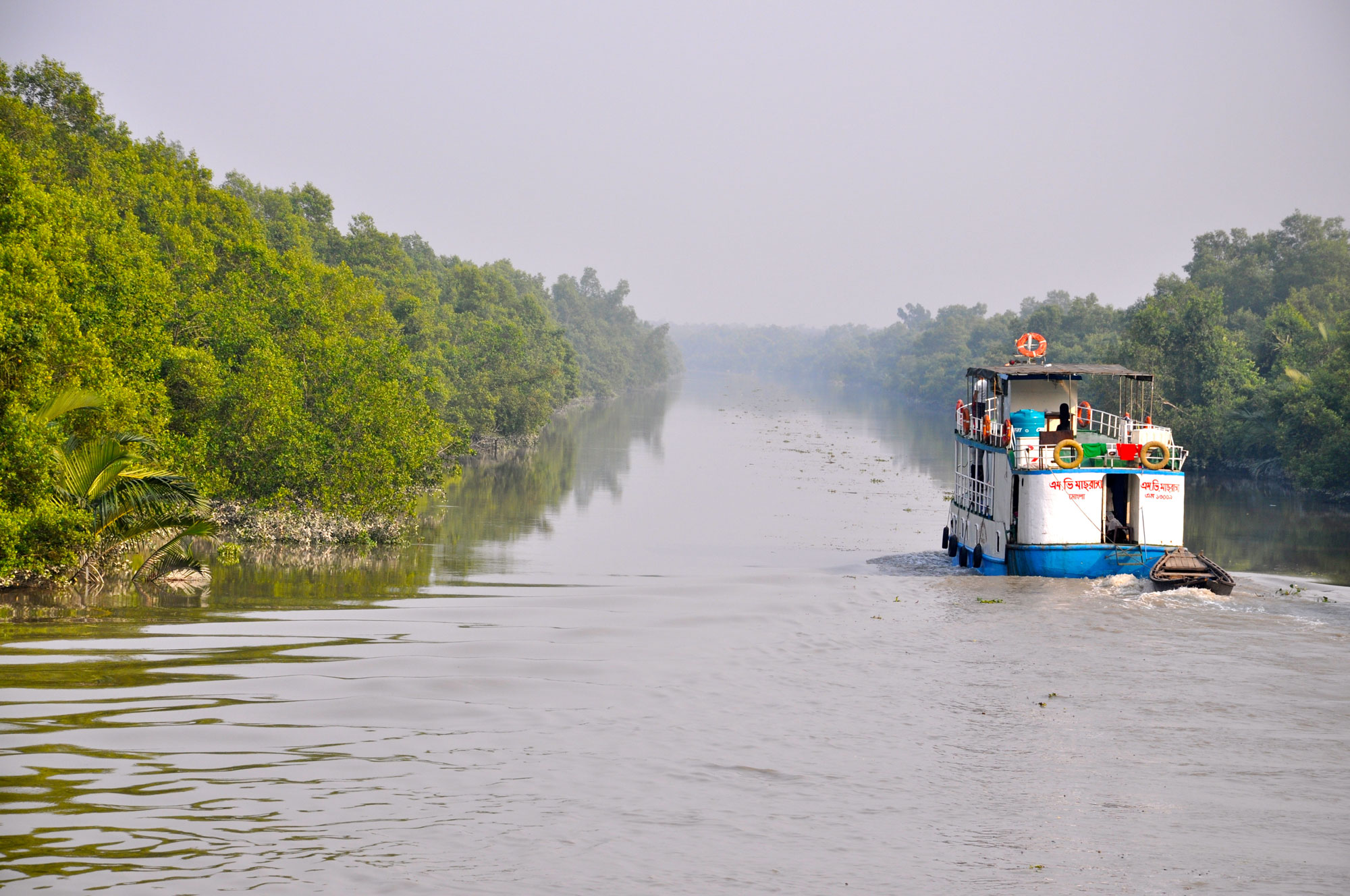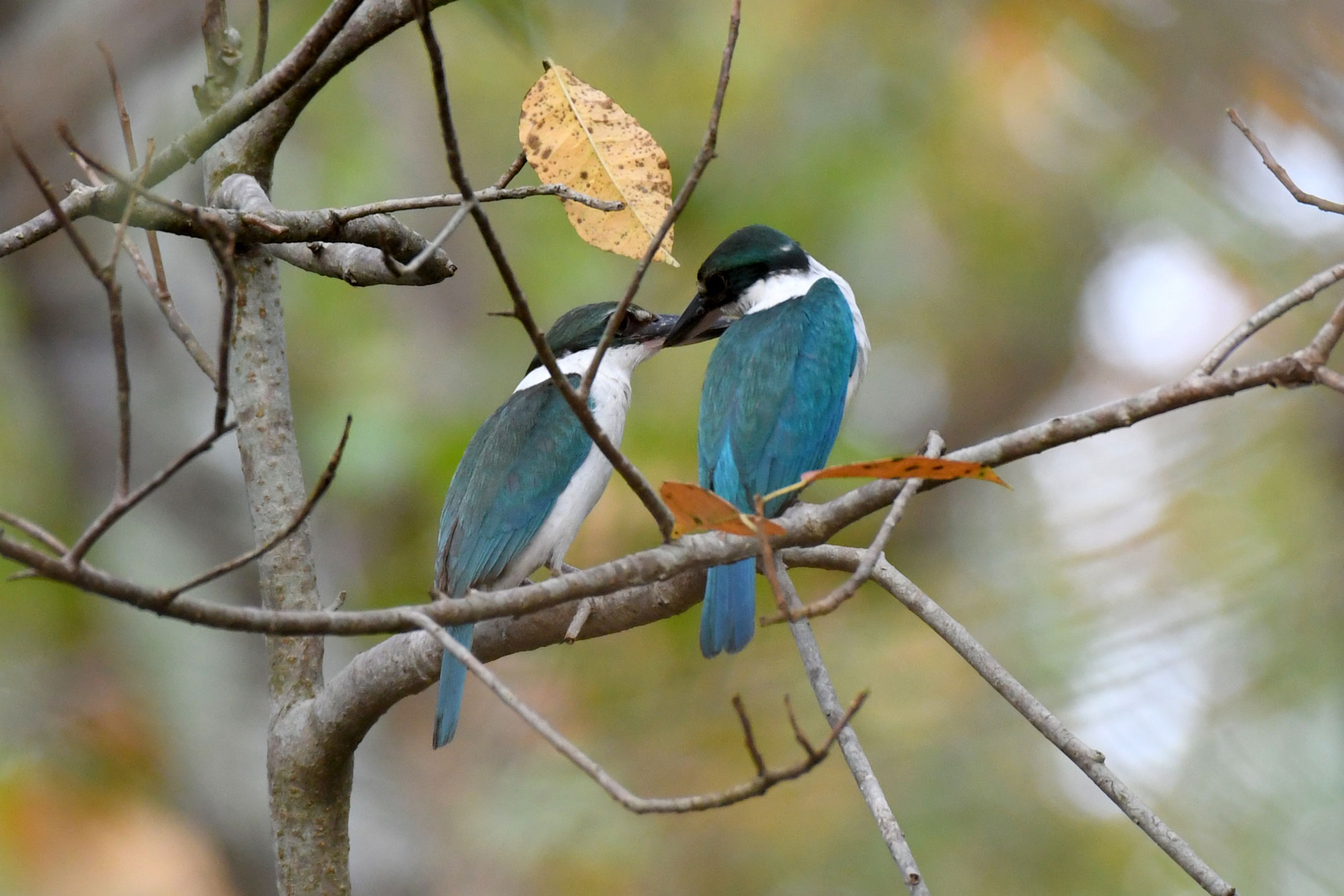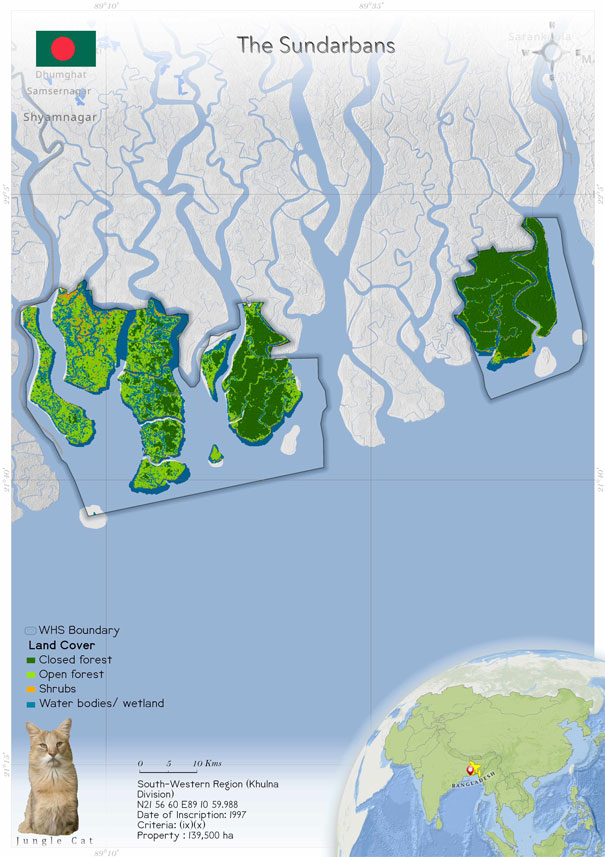
The Sundarbans 798
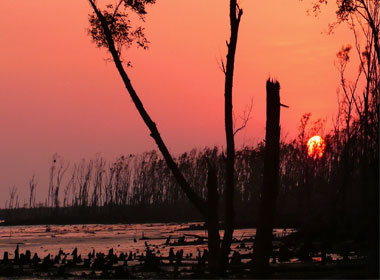 The Sunderbans of Bangladesh is famous for the largest mangrove forest of the world. It is situated at the Delta of the Ganga, Bramhaputra and Meghna River on the Bay of Bengal. It is the only mangrove forest which is home the tigers. 60% of the Sunderbans's area falls in the boundary of the Bangladesh while the remaining part is in India. The property is also listed in the Ramsar sites as it's very rich the avifaunal diversity. There are three wildlife sanctuaries included in the property which provide core region for the breeding of the endangered species. The management of the park needs better planning with some good management properties. According to the IUCN World Heritage Outlook 2017, the property is under the category of "Significant concern". However because of many anthropogenic activities as well as natural disaster the property has reduced to half of the size since the 18th century. The Bangladesh Wildlife (Preservation) (Amendment) Act 1974 and the Forest Act, 1927 provides the highest conservation to the property. The main threat to the property are from water pollution, habitat loss, bank erosion and sedimentation, accidental mortality and the biodiversity is facing loss of food resources. Human activities like aquaculture, shrimp fry fishing and harmful fishing practices are disturbing the natural habitat of wildlife. Invasive species are spreading and causing sever damage to the native species.
The Sunderbans of Bangladesh is famous for the largest mangrove forest of the world. It is situated at the Delta of the Ganga, Bramhaputra and Meghna River on the Bay of Bengal. It is the only mangrove forest which is home the tigers. 60% of the Sunderbans's area falls in the boundary of the Bangladesh while the remaining part is in India. The property is also listed in the Ramsar sites as it's very rich the avifaunal diversity. There are three wildlife sanctuaries included in the property which provide core region for the breeding of the endangered species. The management of the park needs better planning with some good management properties. According to the IUCN World Heritage Outlook 2017, the property is under the category of "Significant concern". However because of many anthropogenic activities as well as natural disaster the property has reduced to half of the size since the 18th century. The Bangladesh Wildlife (Preservation) (Amendment) Act 1974 and the Forest Act, 1927 provides the highest conservation to the property. The main threat to the property are from water pollution, habitat loss, bank erosion and sedimentation, accidental mortality and the biodiversity is facing loss of food resources. Human activities like aquaculture, shrimp fry fishing and harmful fishing practices are disturbing the natural habitat of wildlife. Invasive species are spreading and causing sever damage to the native species.
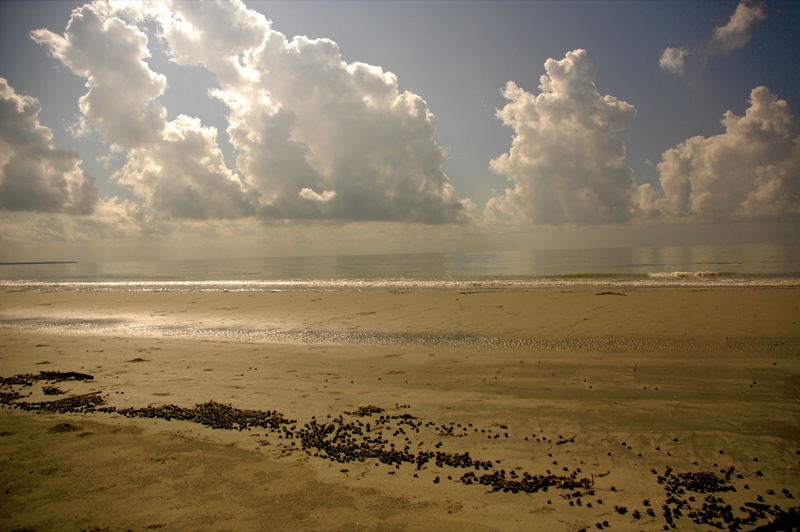 The Sunderban mangrove forest of Bangladesh is one of the largest mangrove forests of the world (Sanyal et al. 2008; UNESCO whc.unesco.org).) which is spread to an area of around 140,000 ha. It is situated on the Delta of Ganges, Brahmaputra, and Meghna river on the Bay of Bengal. It shares its border with the adjacent Sunderban National Park of India, another World Heritage Site. The forest is located between the river Baleswar in the east and the Harinbanga in the West in the South-west of Bangladesh. 60% of the total property lies in Bangladesh, and the remaining is in India. Among the entire area, 414, 259 ha, around 70% includes the exposed sandbars, and the water bodies are everywhere 187,413 ha which is 30% (UNESCO whc. unesco.org).
In the South of the property, three sanctuaries cover 139,700 ha, and they provide a core breeding area for various endangered species (UNESCO whc.unesco.org). Earlier, only the Sunderbans West Wildlife Sanctuary was nominated in the World Heritage List, but then the Bureau recommended including the Sunderbans South and Sunderbans East in the property. Hence all the three sanctuaries got inscribed as a World Heritage Site (World Heritage Nomination - IUCN Technical Evaluation 1997). The property also comes under the Ramsar site as it provides a home to rich avifauna comprising 315 species; among these, 84 species are migratory (Ramsar Site Information Service 2003). The habitat of the Sunderbans supports the avifauna and provides favorable conditions. However, the birds of the property face issues like habitat loss, degradation, and pollution (Khan 2005).The site is home to numerous endangered species, including the Royal Bengal Tiger, Ganges and Irrawaddy dolphins, estuarine crocodile, and river terrapin (Batagur Baska), a critically endangered species. The place is unique as it is the only mangrove forest globally where the Panthera tigris tigris species are present (UNESCO whc.unesco.org). The western Sunderbans have saline conditions due to which the forest flora is less diverse than the east Sunderbans. There are 27 species of mangrove found in the park, and the dominant species are Sundri and Gewu and patches of Nypa palm. The park's faunal species are also prosperous, with 40 mammal species, 260 bird species, and 35 reptile species. The Royal Bengal Tiger is the jewel species of the park, where almost 350 tigers were present (World Heritage Nomination - IUCN Technical Evaluation 1997); considering the transboundary population, Sunderbans once used to host the largest population of the tigers in the world (Jhala et al. 2016). Among the reptiles, five species of marine turtles and two endangered reptiles- the estuarine crocodile and the Indian python are found in the park (World Heritage Nomination - IUCN Technical Evaluation 1997).
The Sunderban mangrove forest of Bangladesh is one of the largest mangrove forests of the world (Sanyal et al. 2008; UNESCO whc.unesco.org).) which is spread to an area of around 140,000 ha. It is situated on the Delta of Ganges, Brahmaputra, and Meghna river on the Bay of Bengal. It shares its border with the adjacent Sunderban National Park of India, another World Heritage Site. The forest is located between the river Baleswar in the east and the Harinbanga in the West in the South-west of Bangladesh. 60% of the total property lies in Bangladesh, and the remaining is in India. Among the entire area, 414, 259 ha, around 70% includes the exposed sandbars, and the water bodies are everywhere 187,413 ha which is 30% (UNESCO whc. unesco.org).
In the South of the property, three sanctuaries cover 139,700 ha, and they provide a core breeding area for various endangered species (UNESCO whc.unesco.org). Earlier, only the Sunderbans West Wildlife Sanctuary was nominated in the World Heritage List, but then the Bureau recommended including the Sunderbans South and Sunderbans East in the property. Hence all the three sanctuaries got inscribed as a World Heritage Site (World Heritage Nomination - IUCN Technical Evaluation 1997). The property also comes under the Ramsar site as it provides a home to rich avifauna comprising 315 species; among these, 84 species are migratory (Ramsar Site Information Service 2003). The habitat of the Sunderbans supports the avifauna and provides favorable conditions. However, the birds of the property face issues like habitat loss, degradation, and pollution (Khan 2005).The site is home to numerous endangered species, including the Royal Bengal Tiger, Ganges and Irrawaddy dolphins, estuarine crocodile, and river terrapin (Batagur Baska), a critically endangered species. The place is unique as it is the only mangrove forest globally where the Panthera tigris tigris species are present (UNESCO whc.unesco.org). The western Sunderbans have saline conditions due to which the forest flora is less diverse than the east Sunderbans. There are 27 species of mangrove found in the park, and the dominant species are Sundri and Gewu and patches of Nypa palm. The park's faunal species are also prosperous, with 40 mammal species, 260 bird species, and 35 reptile species. The Royal Bengal Tiger is the jewel species of the park, where almost 350 tigers were present (World Heritage Nomination - IUCN Technical Evaluation 1997); considering the transboundary population, Sunderbans once used to host the largest population of the tigers in the world (Jhala et al. 2016). Among the reptiles, five species of marine turtles and two endangered reptiles- the estuarine crocodile and the Indian python are found in the park (World Heritage Nomination - IUCN Technical Evaluation 1997).
Criterion (ix)
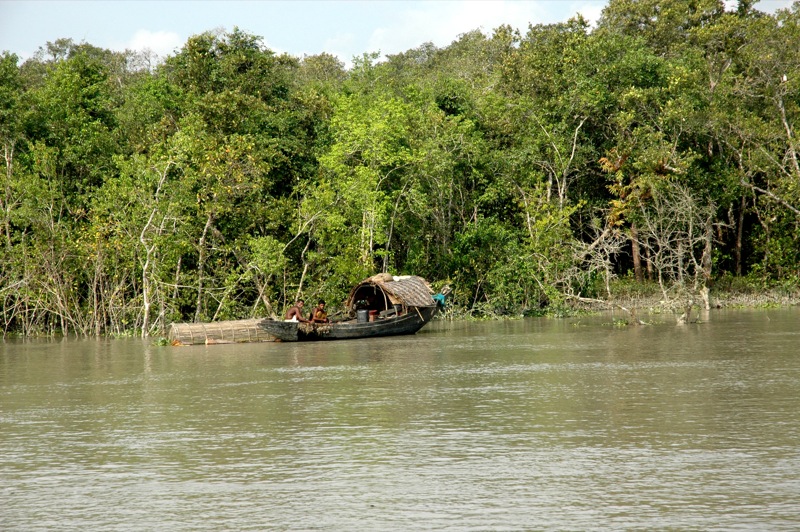 The Sundarbans provides a significant example of on-going ecological processes as it represents the process of delta formation and the subsequent colonization of the newly formed deltaic islands and associated mangrove communities. These processes include monsoon rains, flooding, delta formation, tidal influence and plant colonization. As part of the world’s largest delta, formed from sediments deposited by three great rivers; the Ganges, Brahmaputra and Meghna, and covering the Bengal Basin, the land has been moulded by tidal action, resulting in a distinctive physiology.
The Sundarbans provides a significant example of on-going ecological processes as it represents the process of delta formation and the subsequent colonization of the newly formed deltaic islands and associated mangrove communities. These processes include monsoon rains, flooding, delta formation, tidal influence and plant colonization. As part of the world’s largest delta, formed from sediments deposited by three great rivers; the Ganges, Brahmaputra and Meghna, and covering the Bengal Basin, the land has been moulded by tidal action, resulting in a distinctive physiology.
Criterion (x)
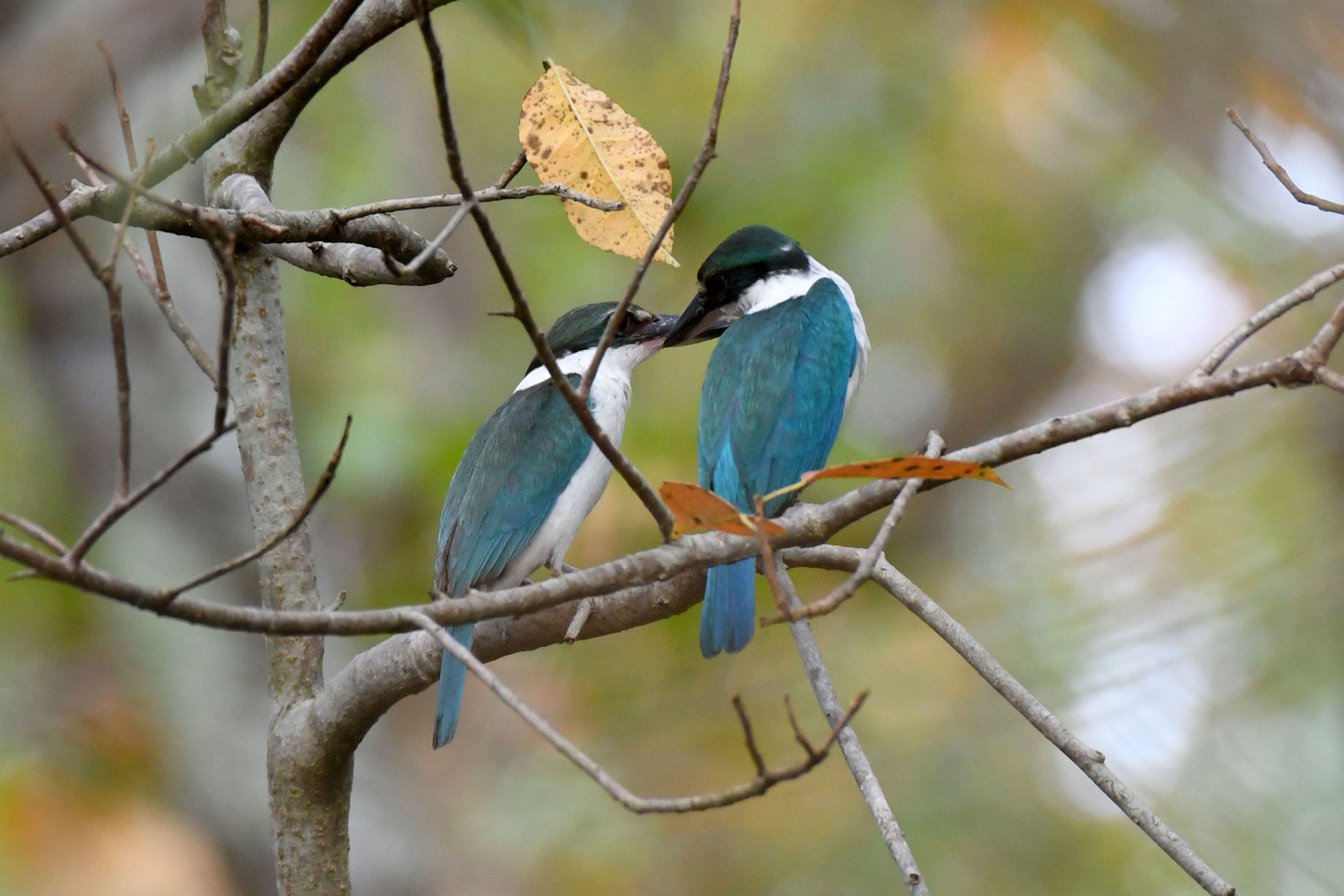 One of the largest remaining areas of mangroves in the world, the Sundarbans supports an exceptional level of biodiversity in both the terrestrial and marine environments, including significant populations of globally endangered cat species, such as the Royal Bengal Tiger. Population censuses of Royal Bengal Tigers estimate a population of between 400 to 450 individuals, a higher density than any other population of tigers in the world.
The property is the only remaining habitat in the lower Bengal Basin for a wide variety of faunal species. Its exceptional biodiversity is expressed in a wide range of flora; 334 plant species belonging to 245 genera and 75 families, 165 algae and 13 orchid species. It is also rich in fauna with 693 species of wildlife which includes; 49 mammals, 59 reptiles, 8 amphibians, 210 white fishes, 24 shrimps, 14 crabs and 43 mollusks species. The varied and colourful bird-life found along the waterways of the property is one of its greatest attractions, including 315 species of waterfowl, raptors and forest birds including nine species of kingfisher and the magnificent white-bellied sea eagle.
One of the largest remaining areas of mangroves in the world, the Sundarbans supports an exceptional level of biodiversity in both the terrestrial and marine environments, including significant populations of globally endangered cat species, such as the Royal Bengal Tiger. Population censuses of Royal Bengal Tigers estimate a population of between 400 to 450 individuals, a higher density than any other population of tigers in the world.
The property is the only remaining habitat in the lower Bengal Basin for a wide variety of faunal species. Its exceptional biodiversity is expressed in a wide range of flora; 334 plant species belonging to 245 genera and 75 families, 165 algae and 13 orchid species. It is also rich in fauna with 693 species of wildlife which includes; 49 mammals, 59 reptiles, 8 amphibians, 210 white fishes, 24 shrimps, 14 crabs and 43 mollusks species. The varied and colourful bird-life found along the waterways of the property is one of its greatest attractions, including 315 species of waterfowl, raptors and forest birds including nine species of kingfisher and the magnificent white-bellied sea eagle.
Status
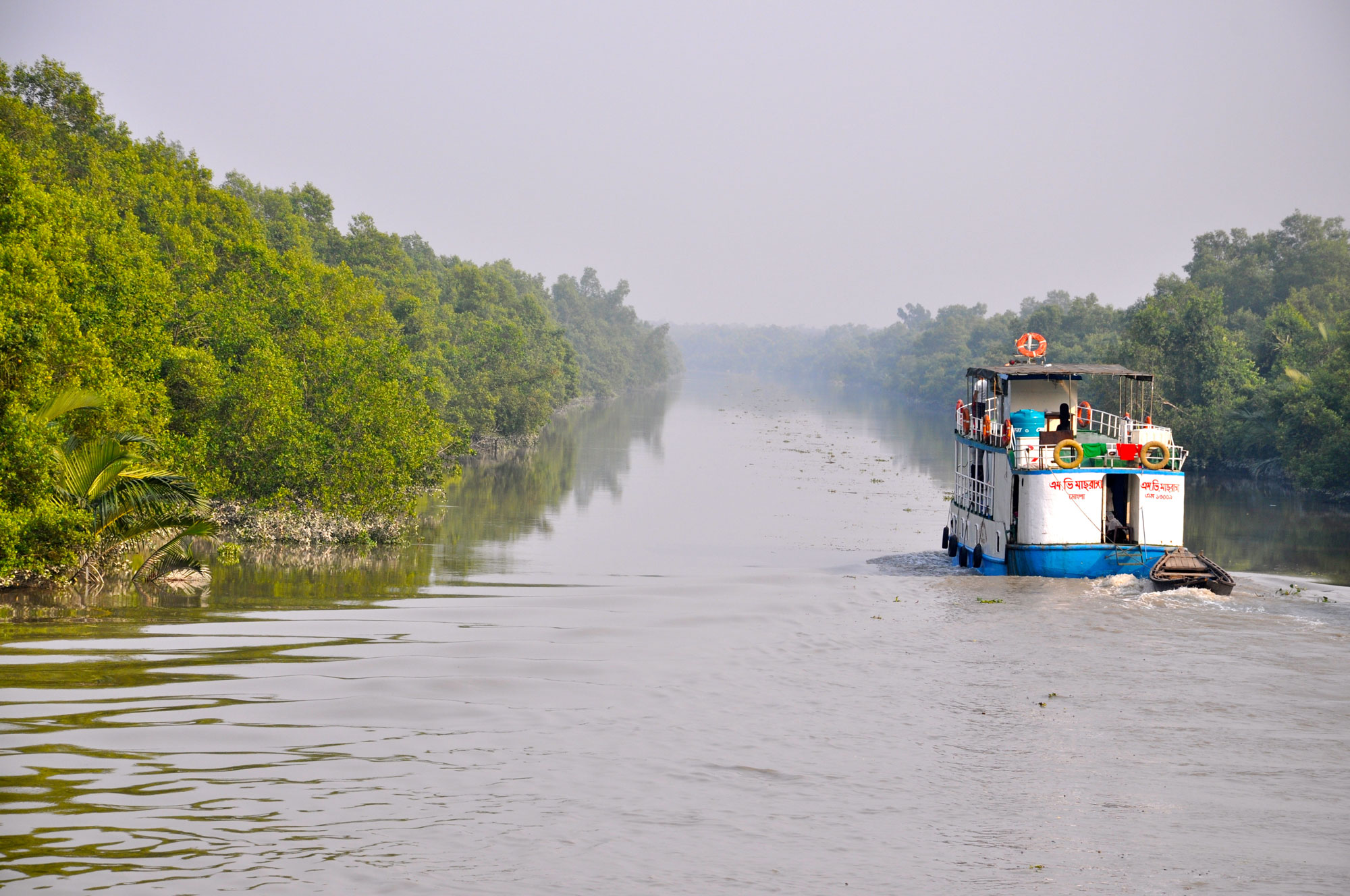 The property is getting adequate legal protection since the 19th Century, providing high protection to its forests, land, and aquatic environment. The property includes the three wildlife sanctuaries within the boundary, which were established in 1977, protected under the Bangladesh Wildlife (Preservation) (Amendment) Act 1974. They were first declared as the Forest Reserves in 1878. The Bangladesh Wildlife (Preservation) (Amendment) Act 1974, together with the Forest Act, 1927 keeps a watch on the activities like entry, movement, fishing, hunting, and collection of forest products (UNESCO whc.unesco.org). Due to the high human pressure, the Sunderban has now remained half of the size in the late 1800s (IUCN World Heritage Outlook 2020). The management of the property is governed by the management norms, regular staff, and individual administrative units, which assist in excellent management functioning and regular monitoring. The management is making efforts mainly to keep the aesthetic values, biodiversity, and integrity intact. One more important priority of the management is to look after the ongoing ecological and hydrological process, which might be affected by the ongoing development activities outside the property (UNESCO whc.unesco.org).
The Sunderban's mangroves protect the entire landscape from storms, cyclones, tidal surges, seawater seepage, and intrusions by acting as a shelterbelt. It is a source of livelihood for many people living in small villages. They depend on the mangrove for wood-cutting, fisherman, honey gatherers, leaves, and grass gatherers (UNESCO whc.unesco.org). One-third of the population of Bangladesh is dependent upon the Sunderbans (Hoq 2007). The tourism in the property is relatively low as there is a lack of facilities in terms of access, transportation, and accommodation. Thus mass tourism can't affect the property's value. The legal protection provided to the property keeps an eye on any illegal activities like illegal hunting, timber extraction, and agricultural encroachment (UNESCO whc.unesco.org).
Threats like water pollution, habitat loss, bank erosion and sedimentation, aquaculture, shrimp fry fishing, and harmful fishing practices near the park's boundaries are causing harm to the property, and stopping these activities is not in the hands of management currently due to the inadequate funds and capacity (IUCN World Heritage Outlook 2020). A total of 23 invasive plant species were discovered in the park, which belongs to aquatic weeds and climbers. The most harmful invasive species of the park are Derris trifoliata, Eichhornia crassipes, and Eupatorium odoratum. (Biswas et al. 2007).
According to the State of Conservation Report 2021, the State party took many conservation measures; Spatial Monitoring and Reporting Tool (SMART) was being used for the patrols in the park. The park management executed the second-generation Tiger Action Plan (2018-2027). The India-Bangladesh Joint Working Group (JWG) organized a meeting in 2016; the action points decided in that joint meeting are in progress to implement. According to the assessment done by IUCN World Heritage Outlook 2017, the category falls under the significant concern.
The property is getting adequate legal protection since the 19th Century, providing high protection to its forests, land, and aquatic environment. The property includes the three wildlife sanctuaries within the boundary, which were established in 1977, protected under the Bangladesh Wildlife (Preservation) (Amendment) Act 1974. They were first declared as the Forest Reserves in 1878. The Bangladesh Wildlife (Preservation) (Amendment) Act 1974, together with the Forest Act, 1927 keeps a watch on the activities like entry, movement, fishing, hunting, and collection of forest products (UNESCO whc.unesco.org). Due to the high human pressure, the Sunderban has now remained half of the size in the late 1800s (IUCN World Heritage Outlook 2020). The management of the property is governed by the management norms, regular staff, and individual administrative units, which assist in excellent management functioning and regular monitoring. The management is making efforts mainly to keep the aesthetic values, biodiversity, and integrity intact. One more important priority of the management is to look after the ongoing ecological and hydrological process, which might be affected by the ongoing development activities outside the property (UNESCO whc.unesco.org).
The Sunderban's mangroves protect the entire landscape from storms, cyclones, tidal surges, seawater seepage, and intrusions by acting as a shelterbelt. It is a source of livelihood for many people living in small villages. They depend on the mangrove for wood-cutting, fisherman, honey gatherers, leaves, and grass gatherers (UNESCO whc.unesco.org). One-third of the population of Bangladesh is dependent upon the Sunderbans (Hoq 2007). The tourism in the property is relatively low as there is a lack of facilities in terms of access, transportation, and accommodation. Thus mass tourism can't affect the property's value. The legal protection provided to the property keeps an eye on any illegal activities like illegal hunting, timber extraction, and agricultural encroachment (UNESCO whc.unesco.org).
Threats like water pollution, habitat loss, bank erosion and sedimentation, aquaculture, shrimp fry fishing, and harmful fishing practices near the park's boundaries are causing harm to the property, and stopping these activities is not in the hands of management currently due to the inadequate funds and capacity (IUCN World Heritage Outlook 2020). A total of 23 invasive plant species were discovered in the park, which belongs to aquatic weeds and climbers. The most harmful invasive species of the park are Derris trifoliata, Eichhornia crassipes, and Eupatorium odoratum. (Biswas et al. 2007).
According to the State of Conservation Report 2021, the State party took many conservation measures; Spatial Monitoring and Reporting Tool (SMART) was being used for the patrols in the park. The park management executed the second-generation Tiger Action Plan (2018-2027). The India-Bangladesh Joint Working Group (JWG) organized a meeting in 2016; the action points decided in that joint meeting are in progress to implement. According to the assessment done by IUCN World Heritage Outlook 2017, the category falls under the significant concern.
